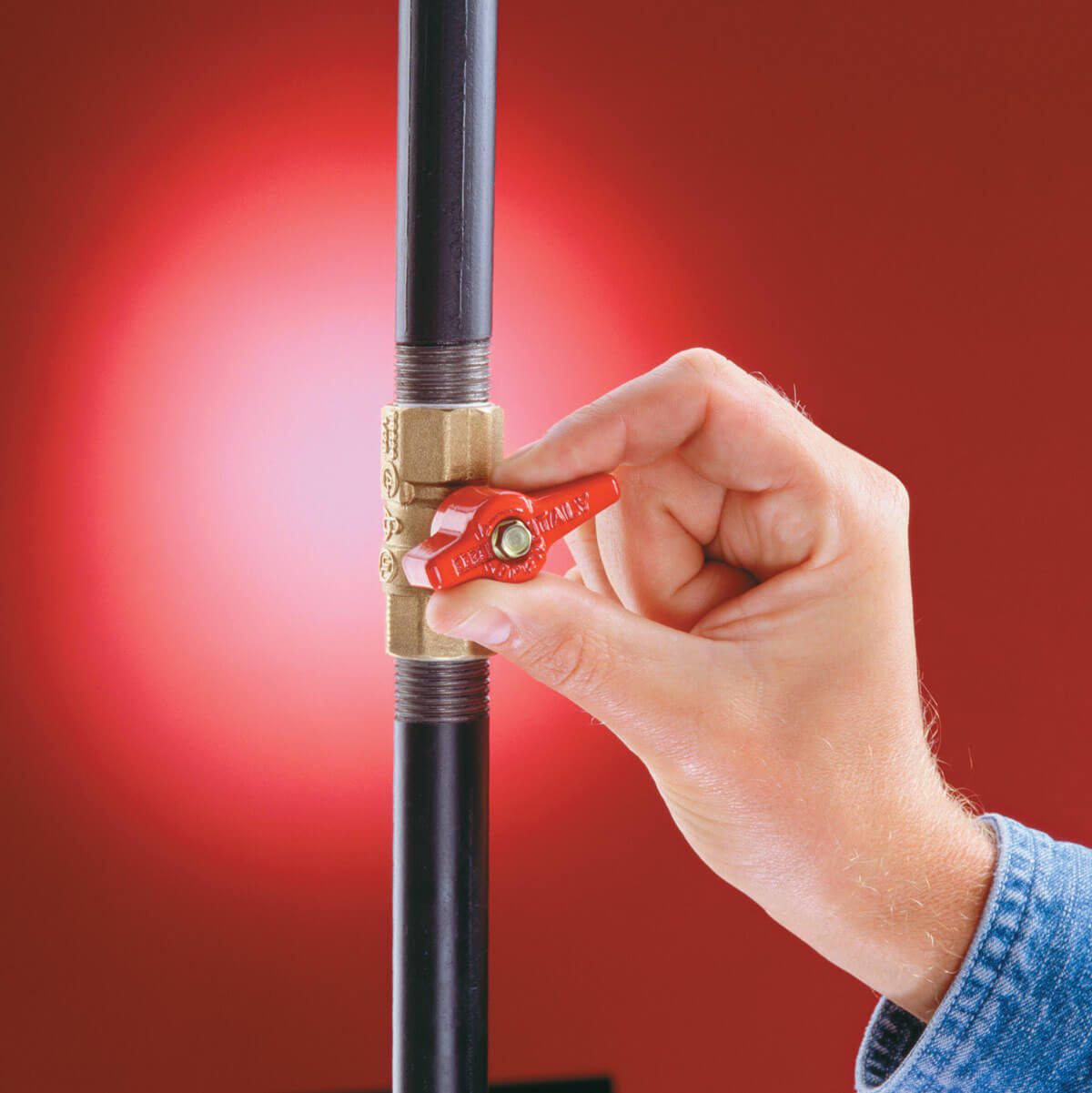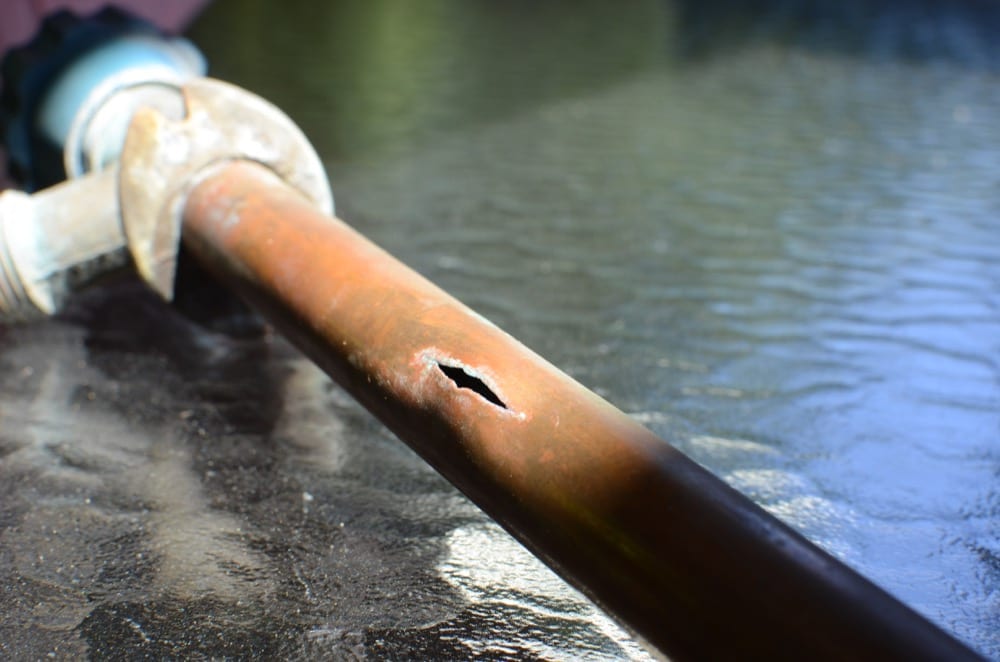From Detection to Correction: A Fast Approach to Handling Burst Pipes
From Detection to Correction: A Fast Approach to Handling Burst Pipes
Blog Article
In this article down the page you can find a good deal of reliable content regarding How to Install and Connect a New Dishwasher.

A ruptured pipe is a significant emergency; you can only stand as you view water you pay a lot to rejoin with the earth. In even worse instances, you notice a pool on your kitchen area flooring, which is a fantastic trip danger, especially if you have children around. If the pipe that burst remained in your wall surfaces, bad news: you may require to paint that entire section.
Exactly how can a tragedy like a burst pipe be stopped and also managed? Well, by listening to your expert emergency plumbing technicians as well as complying with these guidelines.
Exactly how do I understand when my pipes have burst?
Changing water stress
Pipes do not just burst in a day. You may have discovered that your cooking area faucet or shower doesn't run instantly when you turn the tap. It might stop for a couple of secs and afterwards blast you with even more pressure than usual.
In other circumstances, the water might appear typical initially, then drop in pressure after a few secs.
Damp wall surfaces and also water discolorations
Prior to a pipeline bursts, it will certainly leakage, the majority of times. If this consistent leaking goes unnoticed, the leak may finish right into a large tear in your pipe. One very easy means to prevent this emergency is to watch out for wet walls ad water discolorations. These water discolorations will certainly lead you right to the leak.
Puddles under pipes and sinks
When a pipeline ruptureds, the discharge develops a pool. It might show up that the puddle is growing in dimension, as well as regardless of how many times you mop the pool, in a couple of minutes, there's another one waiting to be cleaned up. Frequently, you may not have the ability to map the puddle to any noticeable pipes. This is a sign to call a specialist plumber.
Untraceable trickling noises
Pipe ruptureds can occur in the most undesirable locations, like within concrete, inside wall surfaces, or under sinks. When your home goes silent, you might have the ability to hear an aggravatingly consistent dripping sound. Also after you've examined your shower head as well as kitchen area tap, the trickling may continue.
Beloved visitor, the dripping might be coming from a pipeline inside your walls. There isn't much you can do about that, other than tell a specialist plumber.
Shut off the Water
When water ices up, it broadens in volume by regarding 9 percent. And it increases with remarkable pressure: The stress inside pipes might go from 40 pounds per square inch to 40,000 psi! No pipeline can hold that much pressure, so it bursts. The break may take place where the ice types, yet more frequently, it takes place where water pressure locates a vulnerable point in the pipe. That might be inches or even feet from the icy area. Discover the water shutoff valve and shut off the water to prevent more damages. You may additionally need to shut down the electrical power too, depending on where the leakages occurs as well as just how big it is.
Infected water
Many people presume a burst pipe is a one-way electrical outlet. Quite the contrary. As water drains of the hole or gash in your plumbing system, pollutants locate their way in.
Your water may be infected from the source, so if you can, inspect if your water container has any issues. Nonetheless, if your drinking water is provided and also purified by the local government, you need to call your plumber instantly if you see or scent anything amusing in your water.
What do I do when I spot a ruptured pipeline?
Your water meter will continue to run also while your water wastes. To decrease your losses, locate the main controls as well as transform the supply off. The water pipe are an above-ground structure at the edge of your building.
How to Fix & Detect a Leaking Pipe
How Do I Know if a Pipe is Leaking?
Leak detection tests can help you determine if your pipe has a leak. Even if you don’t see an apparent leak, you should still conduct leak detection tests regularly to save water and money—and prevent major damage to your home.
Water meter. It can be helpful to figure out what your usual water meter usage numbers are and then monitor them regularly. To monitor your meter, first, turn off all water faucets in your home. Check the meter and write down the numbers. In a few hours, check the meter again. If the numbers have changed, you have a leak. Water gauge. Use a water gauge to test your water pressure. Your showerhead should produce a certain amount of water pressure based on its model and design. If the pressure is lower than it is supposed to be for that specific showerhead, your home likely has a leak. Puddles. Look inside your bathroom, laundry, and kitchen sink cabinets. Puddles around the cabinets or around toilets, tubs, showers, and washing machines indicate the presence of a leaking pipe. You may also notice loose tiles, peeling or flaking paint, or mold caused by water accumulation. Napkin test. Even if you don’t see any puddles, you may still have a leak. You can test for water leaks in the bathroom, laundry, and kitchen by wiping below-sink connections with a napkin, paper towel, or piece of toilet paper. If it becomes damp, you probably have a leaking pipe under the sink. Discolored walls. Walls that are discolored—usually with brown or yellow stains—or bulging might mean that they have been impacted by water damage caused by a leaking pipe. Smell. A leaky pipe will create sitting water, and over time, that water may develop a musty smell. If your home smells musty, but you can’t locate the source, it may be due to a leak. Steps for Fixing a Leaking Pipe
A leaky drain can be remedied by tightening the pipe base, replacing the drain seal, caulking the rim, and tightening the pipe nut. Similarly, a leaking toilet pipe can be treated by tightening the packing nut. You may also need to replace the valve. A leaky faucet may just need tightening or replacement of the washers. If that doesn’t work, consider replacing your faucet. If your pipe has a hole in it, you may want to use a pipe leak sealer or pipe leak tape. This quick fix for water pipe leaks can also temporarily fix a copper pipe leak. https://www.ahs.com/home-matters/quick-tips/how-to-tell-if-pipes-are-leaking/

I ran across that entry on How to Prepare for Your Dishwasher Installation when doing research the internet. In case you appreciated our post plz be sure to share it. Many thanks for your time invested reading it.
Visit Site
Report this page